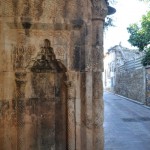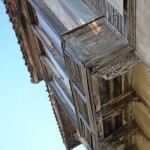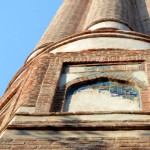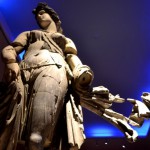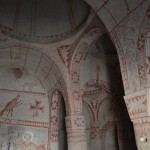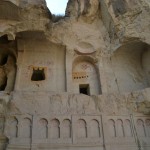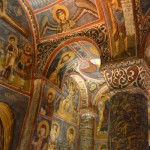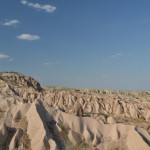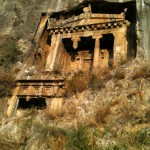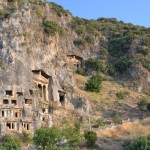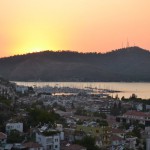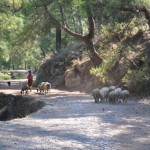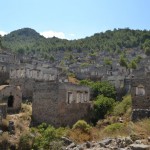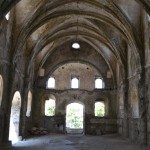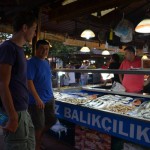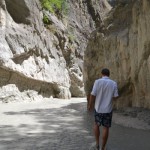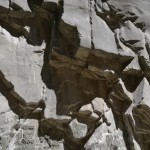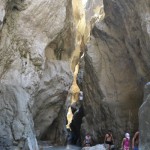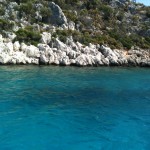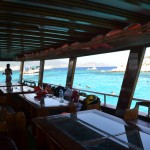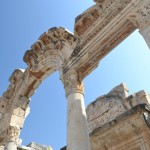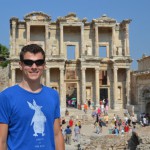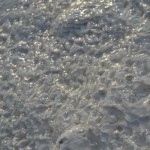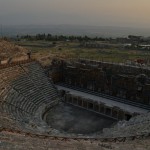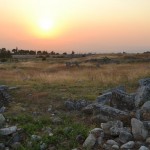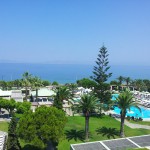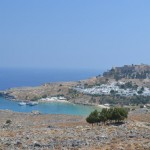The last two stops on my summer trip were Safranbolu and Ankara. Safranbolu is a city north of Ankara which is revered for its well-preserved Ottoman houses. It is scenicly located at the intersection of three valleys, and the houses of the old town picturesquely cling to the steep hillsides around these valleys. Entering Safranbolu from Ankara, however, nothing of that is visible: Safranbolu is a prospering town with a modern city center, and the old town needs to be searched for behind the modern part of town first. Then, however, it is really a very pretty and relaxed town. In contrast to many of the other destinations on my trip, Safranbolu seems to be a destination primarily for Turkish tourists, not so much for international visitors. This means that the city is somewhat more authentic (and prices are lower). Apart from looking at the beautifully restored Ottoman houses, Safranbolu does not offer that many sights or activities other than climbing to some of the hills around the old town. An interesting sensation is hearing the muezzin calls from these hills, echoing and reverbating from all sides of the valley.
The very last stop was Ankara, Turkey’s capital. Ankara does not provide nearly as many sights and historic buildings as İstanbul (which I visited three years ago and thus skipped on this trip), but it is nevertheless an interesting city. The shops and cafes in the Kızılay area were nice to to shop around, relax and read a book, and the citadel provided interesting views over the whole city (even though the historic buildings were really run-down and the whole area looked like it could use a bit of paint). The most impressive sight, however, was the massive mausoleum of Kemal Atatürk. This leader of Turkey’s struggle for independence after the first World War, long-time president and major reformer is really worshipped in Turkey (including portraits in shops everywhere and lots of paraphernilia, going so far as young men sporting his signature tattooed across their arms). The massive mausoleum, with a gigantic 40-ton marble sarcophagus and an accompanying Atatürk and Independence Museum is one incarnation of this worshipping. Given the descriptions of his achievements in the museum, however, this worshipping seems to be justified.
Now, after seven weeks of traveling, my summer trip is over. I have just come back to Germany, where I will pack a few things for the colder climate in France, because I will spend P4, which starts next week, on the “original” INSEAD campus in Fontainebleau. While I am a bit sad that the nice summer trip is over, I am also looking forward to going back to school and meeting all the other students again and hear their internship or travel stories from the summer!
Pictures will follow at a later point in time.
